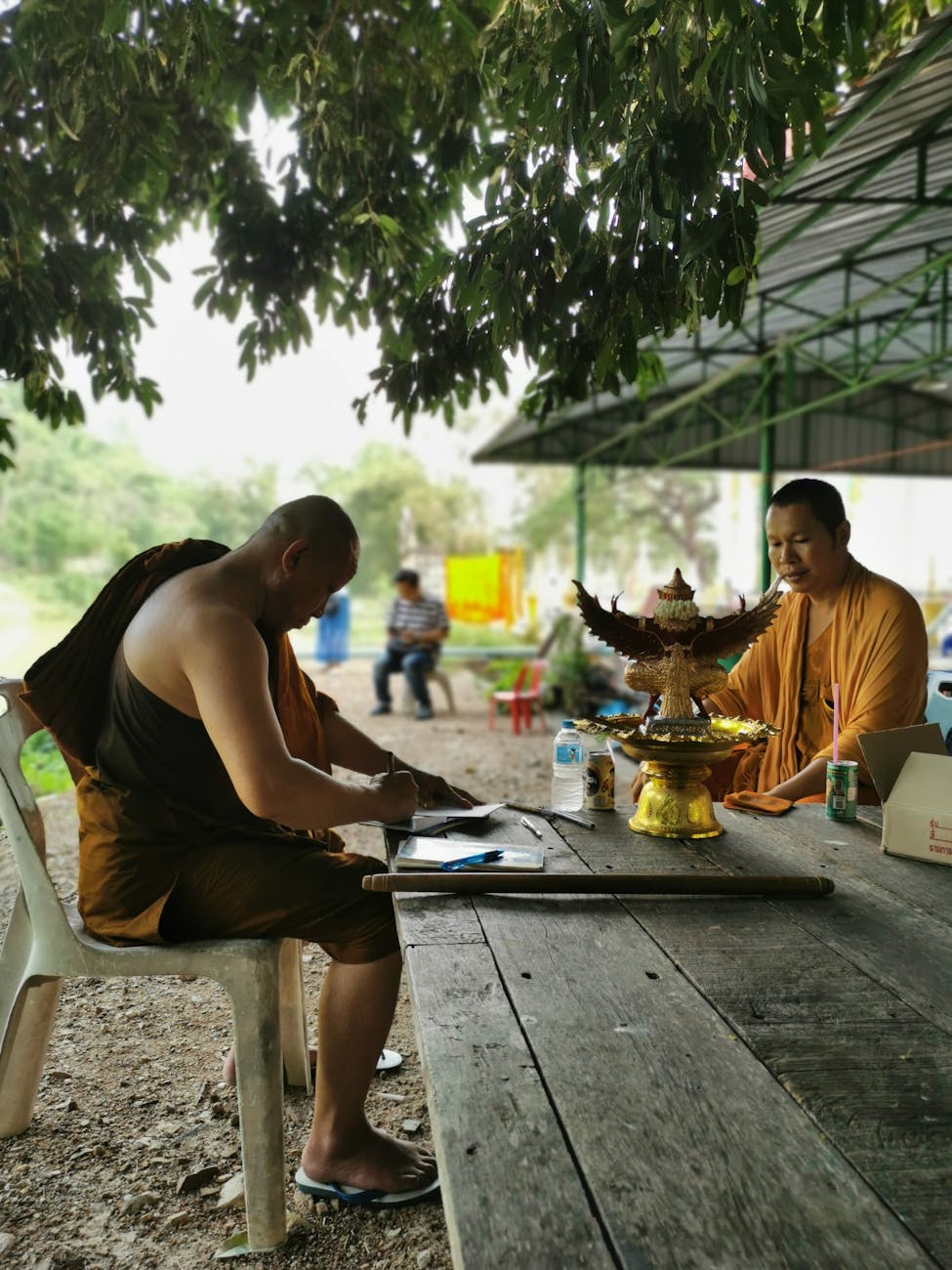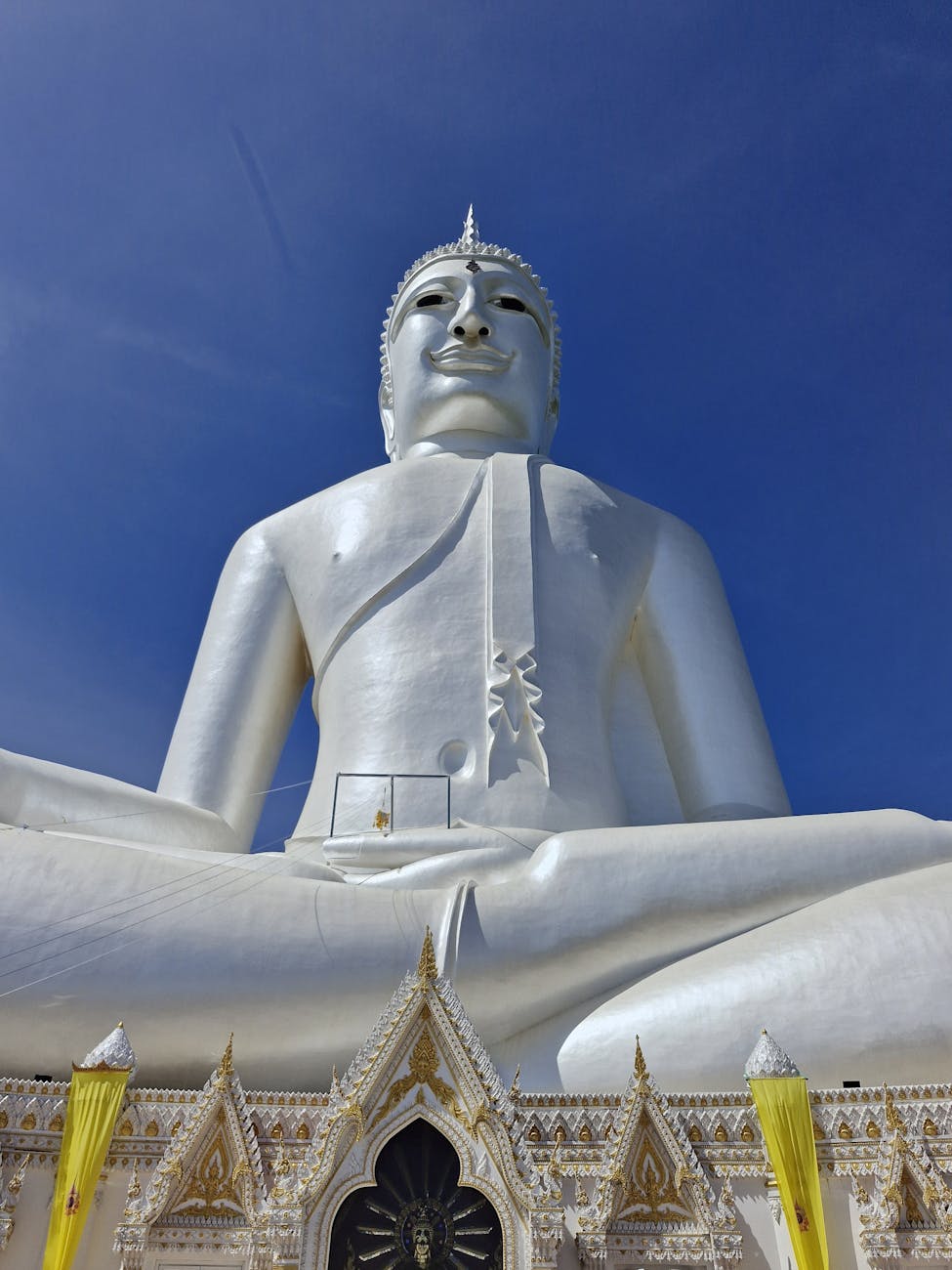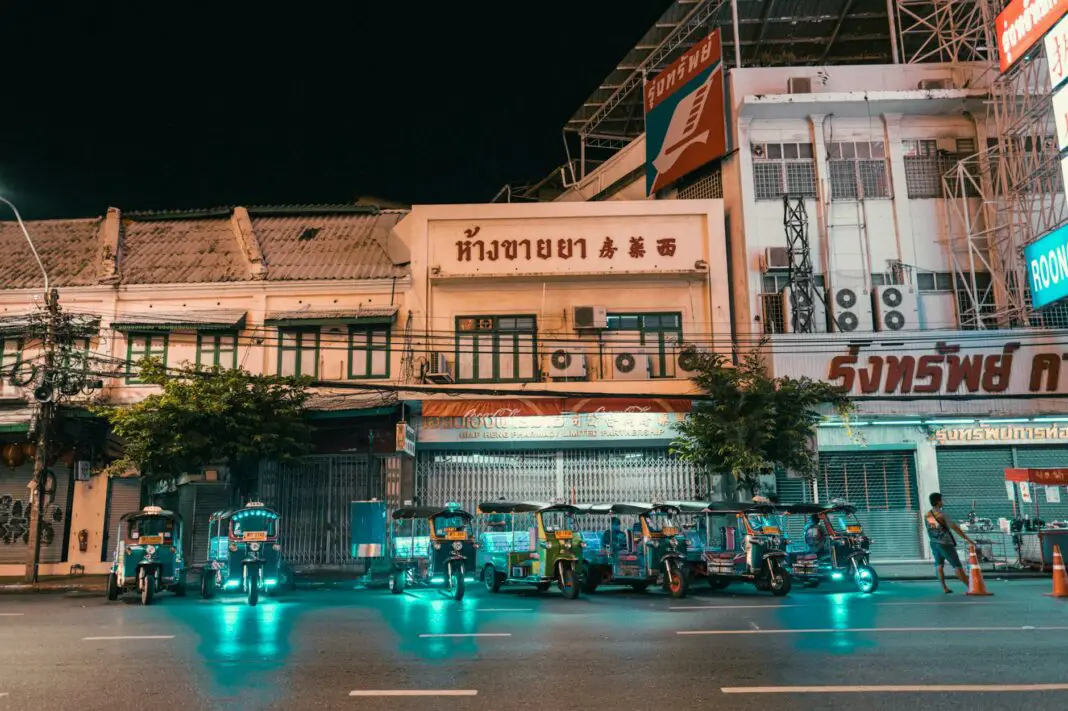Thailand, a tropical paradise known for its stunning beaches and vibrant cities, offers far more than just breathtaking landscapes. Among its many treasures, Thailand’s monasteries stand out as must-visit spots that provide insight into the country’s rich cultural heritage and spiritual practices. Visiting these serene spaces allows travelers to connect deeply with local traditions and experience the country’s tranquil side, making your journey profoundly transformative and enriching.
From the ornate architecture to the calm ambiance, Thailand’s monasteries offer a sanctuary away from the bustling tourist hotspots. Whether you’re a spiritual seeker, an architecture enthusiast, or simply a curious traveler, these sacred places invite you to explore the teachings of Buddhism and appreciate the serene lifestyle of the monks. Prepare to be inspired as you delve into the beauty and significance of these sacred retreats.
Table of Contents
- What are Thailand’s Monasteries?
- Historical Significance of Monasteries
- Unique Architecture of Monasteries
- Spiritual Experiences Await
- Connection to Nature and Serenity
- How to Visit Thailand’s Monasteries
- Insights and Tips for Your Visit
- An Inspiring Journey Awaits
What are Thailand’s Monasteries?
Thailand’s monasteries, known as ‘wats’, are not merely places of worship; they are centers of learning and community. These serene spaces function as spiritual retreats where monks devote themselves to meditation, prayer, and the teachings of Buddha. Each wat is unique, reflecting the local culture and artistic traditions. Many monasteries also offer insight into everyday life in Thailand, showcasing the harmony between religion and daily rituals. These places invite visitors to witness the peaceful coexistence of spirituality and everyday living, highlighting the profound significance of these sites within Thai society. Their presence serves as a daily reminder of the rich tapestry of life and belief that marks Thailand’s cultural landscape.
Historical Significance of Monasteries
Diving into the historical significance of Thailand’s monasteries reveals a remarkable journey through time. Established centuries ago, many wats have played pivotal roles in the nation’s history, serving as learning centers for religious, social, and cultural developments. They were often the heart of administrative regions and continue to be essential community spaces. As your mind wanders through the halls of these historical sites, imagine the countless rituals, teachings, and gatherings that have occurred within their walls, shaping not just the spiritual landscape but also the very fabric of Thai society. These structures are living history, illustrating how past inhabitants approached life, death, and everything in between, thus offering a deep, nuanced perspective into the roots of Thai civilization.
Unique Architecture of Monasteries
The architectural styles of Thailand’s monasteries are visually captivating and symbolically rich. Each wat showcases intricate designs, vibrant colors, and magnificent adornments that reflect Buddhist symbolism. From the soaring spires of the pra that to the elaborate murals depicting stories from Buddhist scriptures, the architecture is both an art form and a spiritual expression. As you explore these stunning structures, pay close attention to the fine details that tell tales of devotion and craftsmanship. The unique blend of traditional Thai architecture with influences from neighboring cultures creates a distinctive aesthetic that captivates travelers’ hearts, making these monasteries as much a feast for the eyes as they are for the soul.
Spiritual Experiences Await
Engaging with the spiritual atmosphere of Thailand’s monasteries offers profound experiences that frequently leave visitors changed. Participate in meditation sessions alongside monks, which can foster a sense of serenity and clarity often lost in the chaos of modern life. The simplicity and quietude of these settings create a perfect backdrop for self-reflection and personal growth. The teachings shared during these interactions can resonate deeply, providing practical wisdom that can be incorporated into daily life long after returning home. Embracing such spiritual experiences may ignite a passion for mindfulness and introspection, enticing visitors to carry these lessons forward into their journeys beyond Thailand.
Connection to Nature and Serenity
Many monasteries are strategically located in nature-rich environments, enhancing the sense of peace and tranquility. The lush landscapes surrounding these sacred sites contribute significantly to the overall experience, drawing visitors into a harmonious relationship with the natural world. Walking amidst serene gardens or along tranquil waterways, you may find that the sounds of chirping birds or rustling leaves amplify the calmness found within the monastery walls. This connection to nature not only elevates your sense of well-being but also encourages a deeper appreciation for the balance between spirituality and the environment, showcasing how monasteries serve as a refuge from the noise of the outside world.
How to Visit Thailand’s Monasteries
Visiting these spiritual havens is accessible and often demands minimal cost. Many monasteries allow free entry, though donations are usually welcomed to support the monks’ living and maintenance of the facilities. Dress modestly to show respect, particularly when entering sacred spaces. Quietness is paramount; maintaining a serene demeanor helps uphold the tranquility these places embody. Additionally, consider scheduling your visit during a traditional festival or ceremony for a richer experience that elevates the cultural significance of your trip. Always ask for permission before taking photos, as respect for the monks and their practices should be a priority during your time within these revered walls.
Insights and Tips for Your Visit
When planning your visit to Thailand’s monasteries, a few tips can enhance your experience significantly. To maximize your engagement, research specific monasteries in advance to understand their history and unique offerings. Aim to interact with monks respectfully; many are eager to share their teachings and insights. Consider participating in a meditation retreat for a deeper exploration of Buddhist practices, which can prove transformative. Additionally, visiting during early mornings allows you to witness morning alms offerings, a beautiful display of community connection and dedication. These events foster a sense of belonging to something larger than oneself, enriching your travel experience.
An Inspiring Journey Awaits
Exploring the monasteries of Thailand uncovers layers of meaning that go beyond simple sightseeing. Each visit is an opportunity for personal growth and spiritual awakening. Witnessing the monks’ dedication to their way of life may inspire you to reflect on your values and priorities. Connections formed during these visits can lead to friendships that transcend cultures, further enriching your journey. Ultimately, every encounter deepens your understanding of Thailand’s spiritual ethos and resonates within your heart long after your trip concludes. This exploration embodies the essence of travel—transformational, enlightening, and unforgettable.
Common Queries on Visiting Thailand’s Monasteries
What is the best time to visit Thailand’s monasteries?
The ideal time to visit is during the cooler months from November to February, when the weather is pleasant and many festivals take place. This season offers a vibrant atmosphere that enhances your experience.
Are there dress codes to follow?
Yes, modest attire is required—covering shoulders and knees is essential to show respect in these sacred spaces. Loose-fitting clothing is recommended for comfort during meditation or prayer.
Can tourists participate in monk ceremonies?
While certain rituals are reserved for monks, many monasteries welcome tourists to observe and sometimes participate in community activities, such as alms giving. Always ask for permission first.
Do I need to book in advance for meditation retreats?
It’s advisable to book retreats in advance, as spaces can fill up quickly. Research options to find retreats that align with your personal goals and availability.
Can I take photographs in the monasteries?
Photography is often allowed but be mindful and respectful. Always ask for permission, especially when shooting ceremonies or portraits of monks.
Image Credit: Pexels





